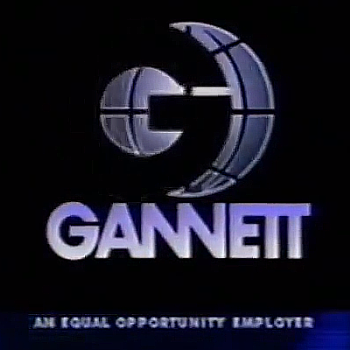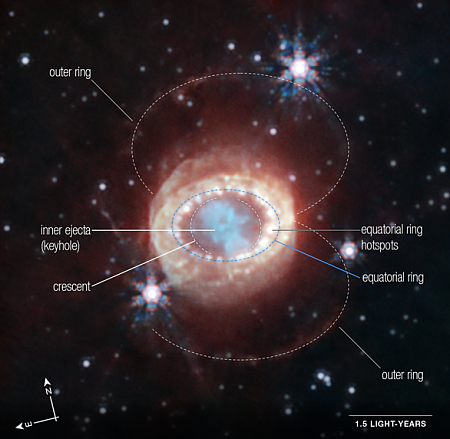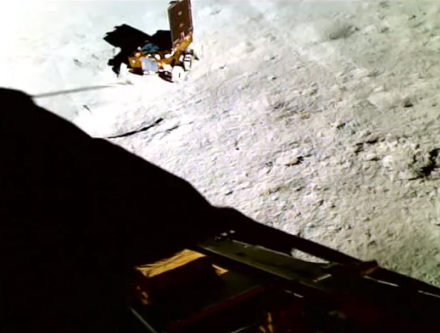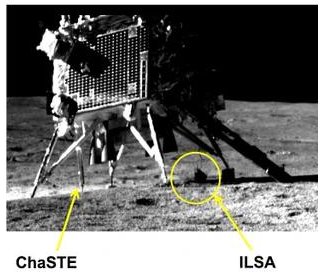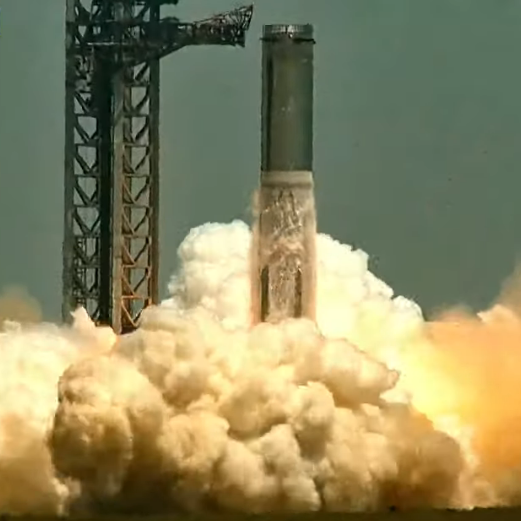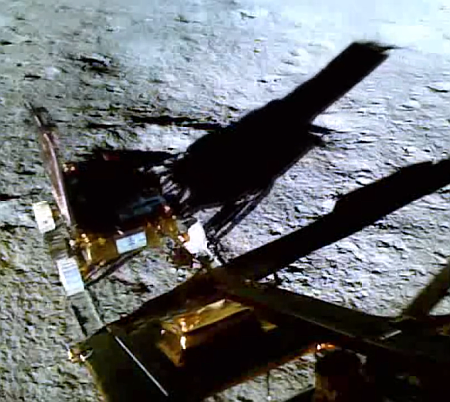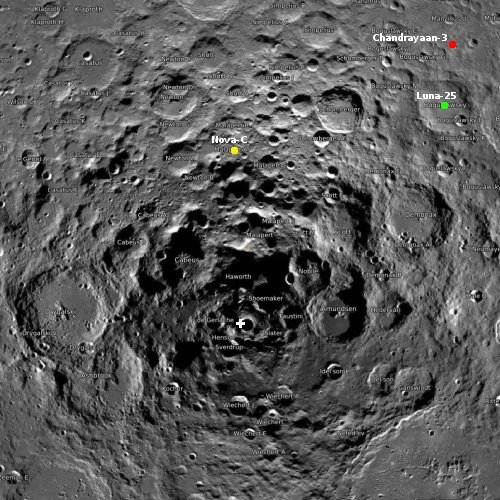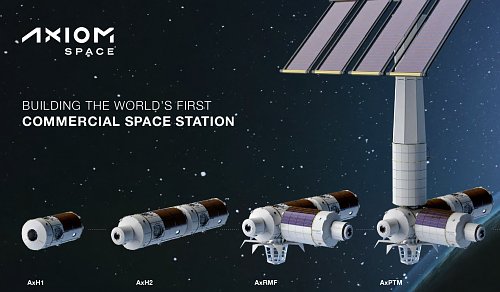Real pushback: School district immediately cancels ban on prayer when threatened with lawsuit

The First Amendment, becoming accepted once again
Bring a gun to a knife fight: When the officials at West Shore School District in Pennsylvania sent out a letter to the presidents of the various booster clubs at its schools ordering them to “halt prayers at future banquets, and at any other school-sponsored activity” and claiming falsely that “student-initiated prayers at school events are illegal,” two non-profit free speech legal firms, First Liberty and the Independence Law Center teamed up to immediately send a letter to the district challenging that order:
First Liberty and our friends at the Independence Law Center quickly sent a letter to district officials asking them to immediately rescind that threatening letter. Our legal team offered to help draft a new letter and policies to ensure the district would not illegally discriminate against students and staff.
We explained in our letter that the First Amendment prohibits a school district from acting in a hostile manner toward religious belief.
To my readers this story is familiar. What has normally happened next in the past few years — since censorship and blacklisting has become all the rage by those in power — is that the government officials either ignore the letter or publicly defy it. Sometimes they double down and actually fire someone for exercising their First Amendment rights. What follows next is of course a lawsuit, which almost routinely ends in a crushing defeat for the school that costs it significantly in damages.
This story however ended quite differently:
» Read more

The First Amendment, becoming accepted once again
Bring a gun to a knife fight: When the officials at West Shore School District in Pennsylvania sent out a letter to the presidents of the various booster clubs at its schools ordering them to “halt prayers at future banquets, and at any other school-sponsored activity” and claiming falsely that “student-initiated prayers at school events are illegal,” two non-profit free speech legal firms, First Liberty and the Independence Law Center teamed up to immediately send a letter to the district challenging that order:
First Liberty and our friends at the Independence Law Center quickly sent a letter to district officials asking them to immediately rescind that threatening letter. Our legal team offered to help draft a new letter and policies to ensure the district would not illegally discriminate against students and staff.
We explained in our letter that the First Amendment prohibits a school district from acting in a hostile manner toward religious belief.
To my readers this story is familiar. What has normally happened next in the past few years — since censorship and blacklisting has become all the rage by those in power — is that the government officials either ignore the letter or publicly defy it. Sometimes they double down and actually fire someone for exercising their First Amendment rights. What follows next is of course a lawsuit, which almost routinely ends in a crushing defeat for the school that costs it significantly in damages.
This story however ended quite differently:
» Read more

